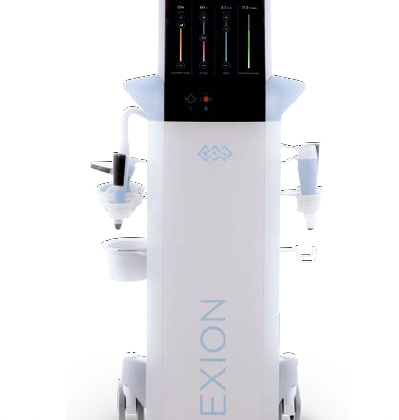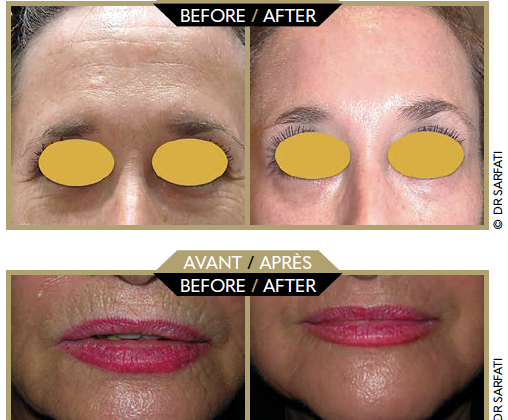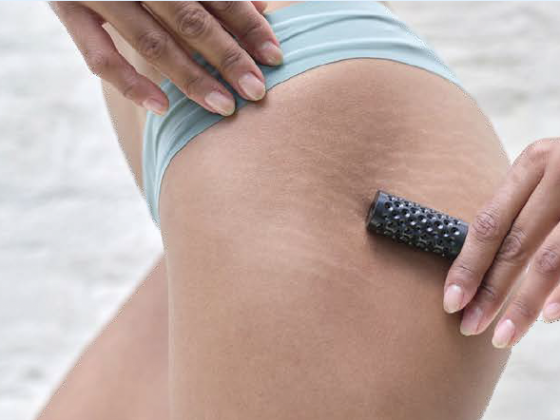Dr Jean-Philippe Binder
Treatments with GLP-1
Medicines containing glucagon-like peptide 1 (GLP-1) agonists, like semaglutide (Ozempic®, Wegovy®) or liraglutide (Saxenda®) have vastly changed the treatment of morbid obesity. These treatments are aimed at patients with an initial body mass index (BMI) above or equal to 35 kg/m2. By imitating the action of a hormone secreted in the intestine, which is involved in making the person feel full, these act upon the appetite, satiety and gastric drainage, allowing for significant, and often rapid, weight loss. This weight loss can lead to secondary changes in the body that can be sources of discomfort or embarrassment, in particular when it comes to the breasts.

What effects does rapid weight loss have on the breasts?
The breast tissue is made up of glands but also fat, which means that weight loss has a direct impact on this area. When the weight loss is fast and significant – as is often the case when taking GLP-1 – the breasts can lose their volume, pertness and firmness.
The result is mammary ptosis, or sagging breasts. After significant weight loss, the skin on the chest becomes distended, which pulls the areola downwards, making the breasts look “empty” and, in severe cases, like “deflated balloons”. Thankfully, there are several surgical solutions to correct these effects and make the breasts look fuller and better-proportioned to match the patient’s new, slimline figure.
Curing breast ptosis with a breast lift
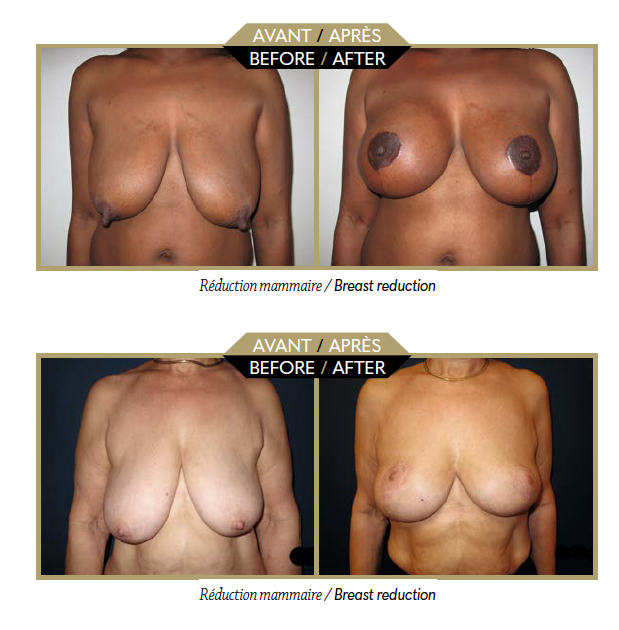
A breast lift, or mastopexy, is the go-to procedure for correcting sagging breasts. Its aim is to lift the chest, rebalance the existing volumes and give the breasts a nice shape, without necessarily adding an implant. The surgery involves repositioning the areola to the correct height, removing any excess skin and adjusting the mammary gland to create a natural shape. Depending on the severity of the sagging, several techniques can be used: peri-areolar incision (in the case of very moderate ptosis), peri-areolar incision plus vertical incision, and inverted T-shaped incision (in the case of more severe ptosis). The technique is chosen according to the extent of the sagging, the quantity of excess skin and the elasticity of the tissues.
Inserting breast implants to restore volume and shape
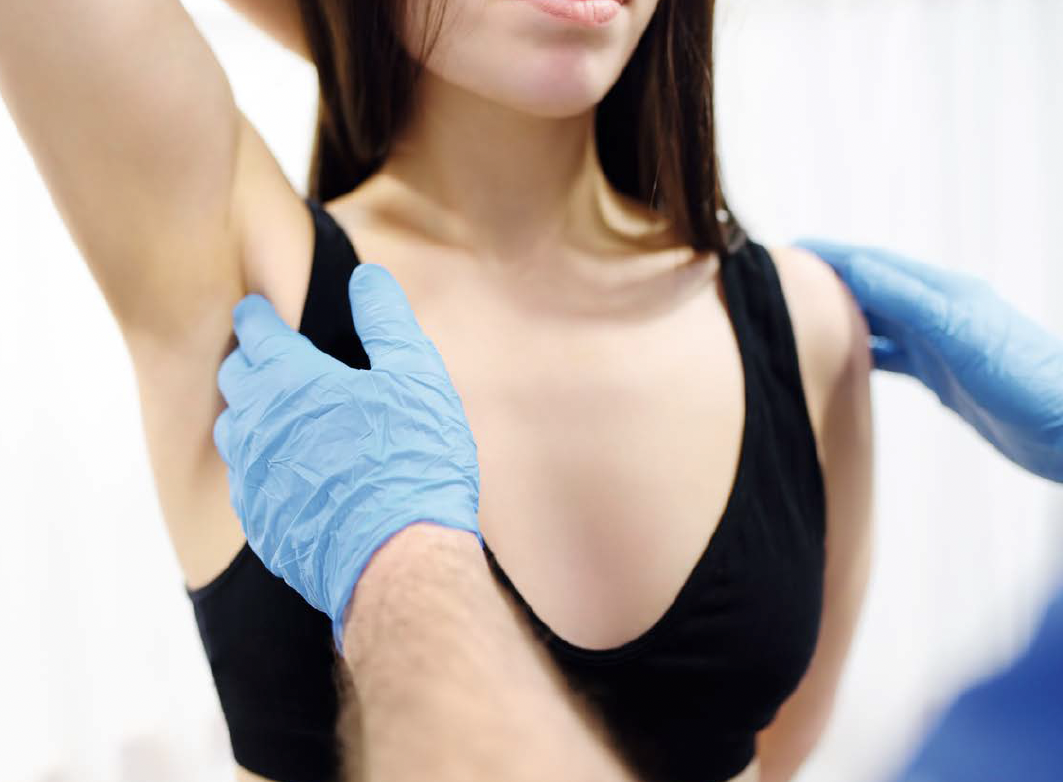
In some patients, a mastopexy alone can give the breasts a nice shape. In others, especially those who have lost significant volume, we need to combine it with breast implants or lipofilling (fat injection) to restore both the position and the shape of the breasts. Implants enable us to reshape the breast, fill the decollete and rebalance the figure. The implants are chosen according to the patient’s morphology, the thickness of the tissues and the desired results (natural, moderate or more voluminous). The implant is often placed behind the gland (in front of the muscle). When combined with a mastopexy, this surgery is trickier to perform but allows us to correct both sagging and a loss of volume in one operation.
Breast lipofilling (liposhaping), a natural alternative
Breast lipofilling, or liposhaping, involves reinjecting the patient’s own fat into the breasts, after harvesting it by liposuction from one or several areas of the body (belly, hips, thighs, etc.). This technique allows for a moderate augmentation of the breast volume, offering very natural-looking results, both visually and to the touch.
Lipofilling is particularly useful for patients who want to avoid having implants or who have slightly asymmetrical breasts after weight loss. It can also be combined with a mastopexy to give a better shape while tightening up the skin. However, it adds less volume than an implant, and several sessions may be required to achieve the desired result. One clear advantage, however, is that lipofilling also allows us to reshape the figure by slimming certain areas through liposuction. This double action makes it an attractive solution for many patients.
Dr Jean-Philippe Binder

Plastic surgeon in Paris for 30 years. Self-employed and works part-time
at the Curie institute. Specialises
in aesthetic and reconstructive breast surgery. Member of the SOFCPRE (French Society of Plastic, Reconstructive and
Aesthetic Surgery).
More: dr-binder.fr





